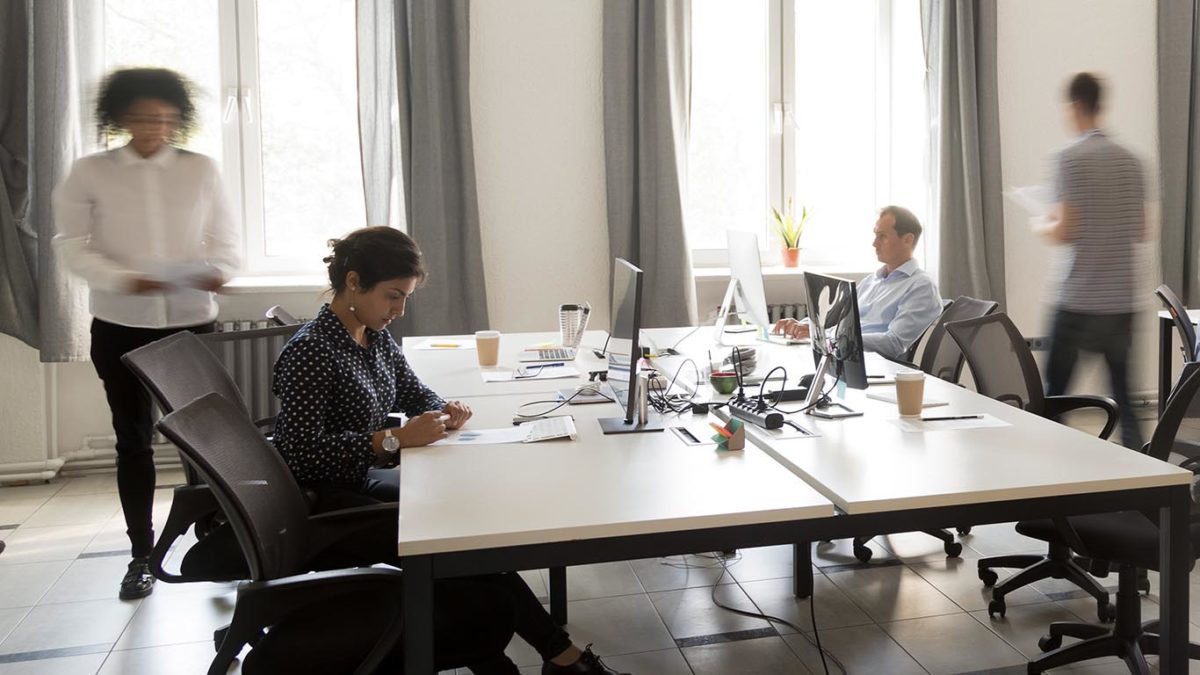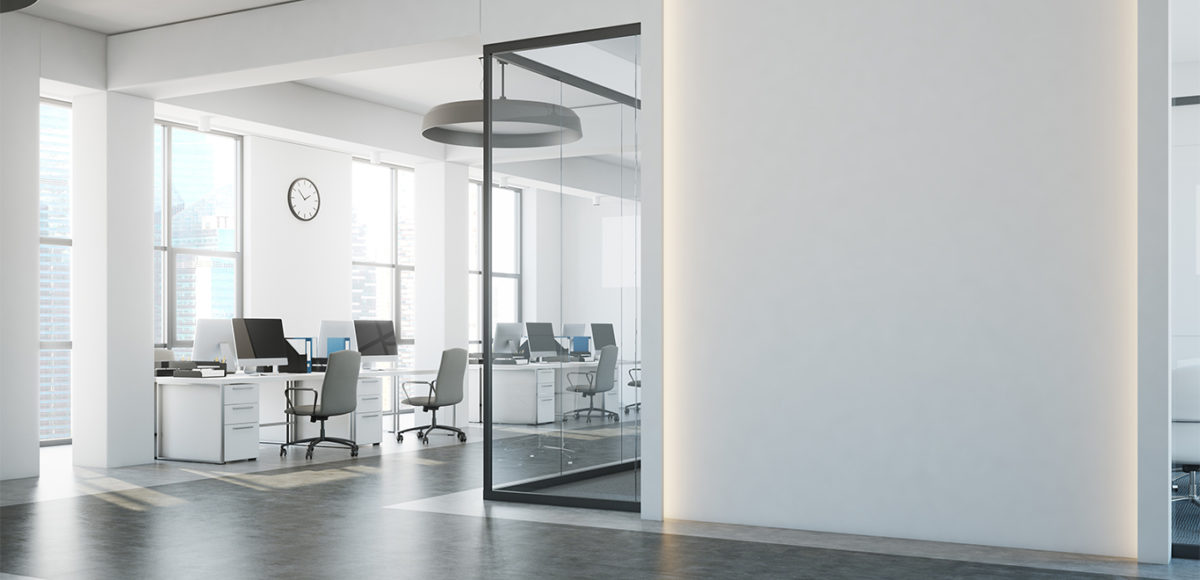By: Ron Steinbrink, Director of Strategic Business Development
If you’ve been in the office leasing business long enough, you’ve likely experienced that dreaded day when your largest tenant tells you they’re moving to a different office building. Suddenly, you’ve gone from 90% occupancy to 50%. Your head starts to spin just thinking about how you’re going to fill that space again.
While you might be tempted to reflect on everything you could’ve done differently to prevent your tenant from moving out, don’t. The sooner you forget about the past, the sooner you can start planning how you’re going to get your occupancy back up to 90% or more.
Although attracting new tenants is never easy, there is one strategy I’ve seen work wonders in recent years for commercial real estate owners: flex space. But just what is “flex space” and how can you leverage it to increase your tenancy levels?
What is Flex Space?
In effect, flex space is a way that commercial real estate owners provide tenants access to flexible but dependable office space on a lease term of anywhere from one month to three years. These spaces are usually smaller suites that are grouped together around shared facilities, like conference rooms and kitchens.
However, in contrast to co-working spaces – which are branded by the co-working company and are frequented by multiple small businesses and freelancers – flex space allows businesses to create their own office culture, even if they’re not ready or able to commit to a long-term office lease.
Top 3 Benefits of Flex Space in Action
That all sounds great in theory, but what does flex space look like in practice? And how can it help commercial real estate owners increase occupancy?
I recently worked with a client that had just experienced the scenario discussed above – their largest client had made the decision to move from the suburbs to a brand new downtown property. In this case, the property occupancy went from 95% to 48% in an instant, and the client was putting together a plan to rebuild their occupancy.
The property was built in the early 1990s. Clearly it was not old, but it wasn’t shiny and new. My client was a large institutional owner, and quickly made the decision that it was time for a major capital expenditure to update the property. The capital expenditure included:
- New exterior, including landscaping
- Repaved parking lot
- First floor lobby remodel
- Additional tenant amenities, including food vendor, shuffleboard, corn hole boards, new conference rooms and outdoor seating
All the above points were strategic investments to update the property itself. However, the client knew they would have to rethink more than just the physical amenities of their space. They would also need to update their service offerings. To help speed along the process, they gave me a call at CORT.
The Asset Management Director contacted me to discuss flex space and its impact on occupancy. I first met with the entire leasing team, along with a representative from the property owner. At that point, they were very interested in attracting new tenants, but knew they would need to evolve their leasing strategy. In the past they had turned away any prospective tenant that asked about a lease term less than five years. It made sense at the time – when your occupancy is at 95%, why fool with short term leases?
1. Attract and Retain New Tenants
I talked with their team about considering the total tenant cycle. One of the key attributes of offering flex space is that many of the tenants that sign short-term leases will eventually grow into long-term tenants.
2. Increase Your Price Per Square Foot
Another key attribute to short lease terms – the property can ask for a high price per square foot for leases of three years or less. When I showed them a recent photo of a flex space project I had just completed, it was a key turning point of the presentation.
The project in question was less than three miles from their location, and the asking price for the furnished space was $60 a square foot. As that price was more than double the normal unfurnished rent, they were floored. I pulled up the property website on the screen, and we spent the next hour talking about how they could do something similar – but bigger and better.
3. Delight Tenants with Additional Flexibility
From that meeting, we put together a plan to take one whole floor of the building flex space. On that floor, we created multiple furnished spaces from 2,000 to 10,000 square feet in size. CORT will furnish each of these spaces on a three-year lease term.
One of the big advantages of working with CORT is that if the tenant wants to change the floor plan, CORT has the ability to make that change happen quickly – in some cases as little as 48 hours. This gives the tenant the ability to make the space their own. Currently, construction is underway, and the space will be on the market early 2020.
Flex Space and the Bottom Line
Just remember when you have that moment of panic right after your largest tenant gives notice. There is always tomorrow. Clear your head, put together your plan, and if you want to join the flex space wave, consider partnering with CORT to make your goal of 100% occupancy a reality.
Ron Steinbrink has been with CORT for 22 years. As CORT’s Director of Strategic Business Development, he is responsible for growing the commercial business segment in the Southeast Region. Prior to CORT, Ron spent 15 years involved with various furniture manufacturing companies in the US.







